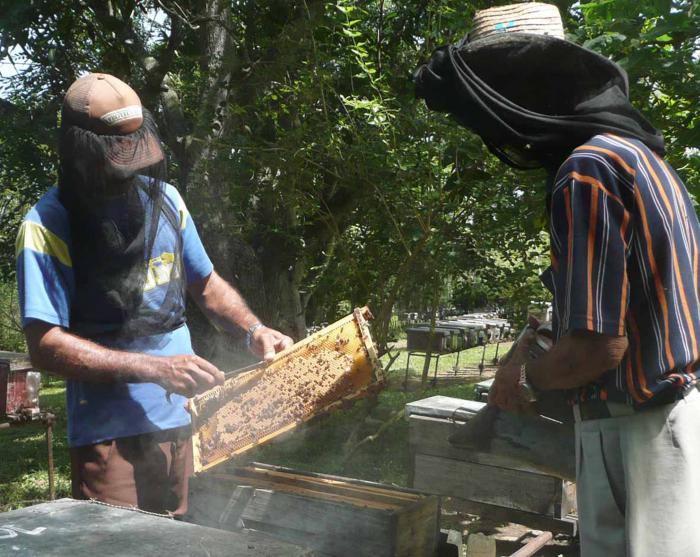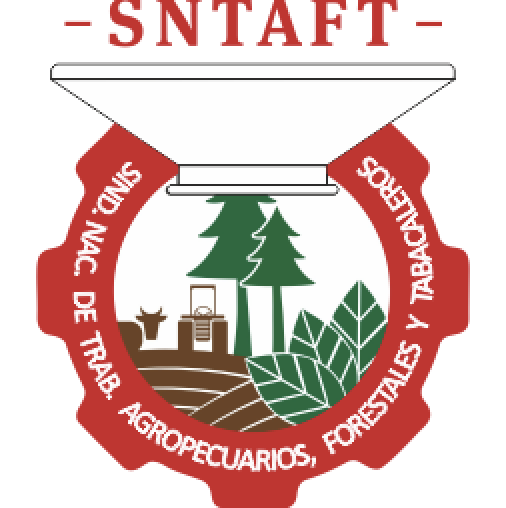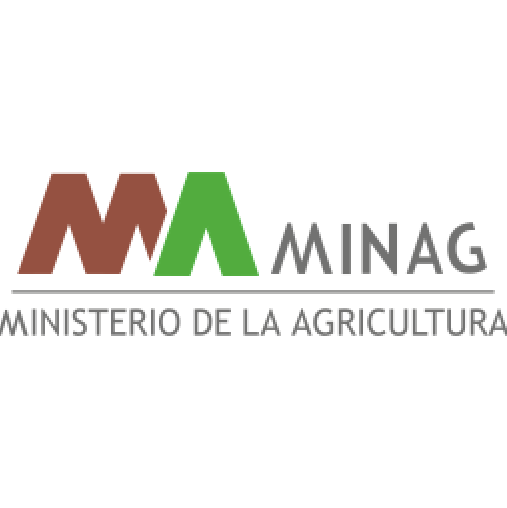GAF
The "sweetest" Cuban production grows (I)
Cuban beekeeping today includes, in addition to honey and wax, pollen, propolis, royal jelly, bee venom, pollination and constitutes an active factor in the balance of the Cuban ecosystem
Calicito's hideout, Granma. - «In beekeeping there are no big secrets, but yes, I live for bees». Such statement in Jorge Luis Blanco Linares is not a simple slogan. It is enough to get to the rural area of ??Manzanillo, where he lives with fifty of its 250 hives, to see in situ some of the good practices that have established him among the largest producers of organic honey in the province.
In this intricate place Jorge Luis Blanco housed, more than 15 years ago, the apiary with which he has grown as a beekeeper. The numbers confirm this. An average of more than 20 tons of honey in recent harvests and the personal record of 31 tons, reached in 2018, "speak" for themselves of successful management of bees.
«I am very jealous with the hygiene of the hives both outside and inside, I renew the brood chambers every year, and depending on the season or the blooms, the same move the hives to the mangroves, which I grab pal ' mount where people do not live anymore, but since there is no contamination it is ideal to achieve good productions ", explains Jorge Luis Blanco, who to date collects more than four tons of organic honey, when there are still around five months left for the" strong period " of the harvest.
"Now is the time to preserve the hives, and this is an everyday task, because for a honeycomb to be productive it must have more than 60,000 bees, which must be carefully attended to, even if they sting you, because it is that care which guarantees its solidity when the harvest begins, "adds the seasoned beekeeper.
Such a strategy, which year after year ensures high returns, has as a backing for himself and the other 381 producers in the territory, a "juicy" salary incentive that this work rewards, with payments between 15,000 and up to 24,000 pesos for each ton honey, depending on the type (organic or conventional) and quality.
Therefore, it is not fortuitous that Granma remains at the forefront in the national delivery of organic honey (for it to be considered as such it must have a humidity index below 19.5%; be produced in natural ecosystems, and be free of application of chemical products), and as the second largest producer of conventional honey after Matanzas.
"The own conditions of isolation in which the beekeepers work has allowed us that, despite the covid-19, the production of honey has not stopped, so much so, that the results obtained in the first stage of 2020 point to that this year we will be able to maintain, and even exceed, the historical record reached in 2018, when the province managed to collect 1,354 tons of honey ", Osmanis points out
Causilla Sierra, director of the apicultural base business unit in Granma.
"We are not even going to readjust the plan, because we are in a position to comply with production, since 606 tons of honey have already been completed, 152 more than what had been achieved on the same date last year and 25 more than what was achieved in this period in 2018 ”, adds the manager and reveals other figures in favor of the beekeeping activity in Granma.
"Organic honey, which is the leading product that distinguishes us, also has an accelerated rate with 442 tons collected, from the 187 that were planned for this stage, so we must meet the 602 tons of the year without problems."




